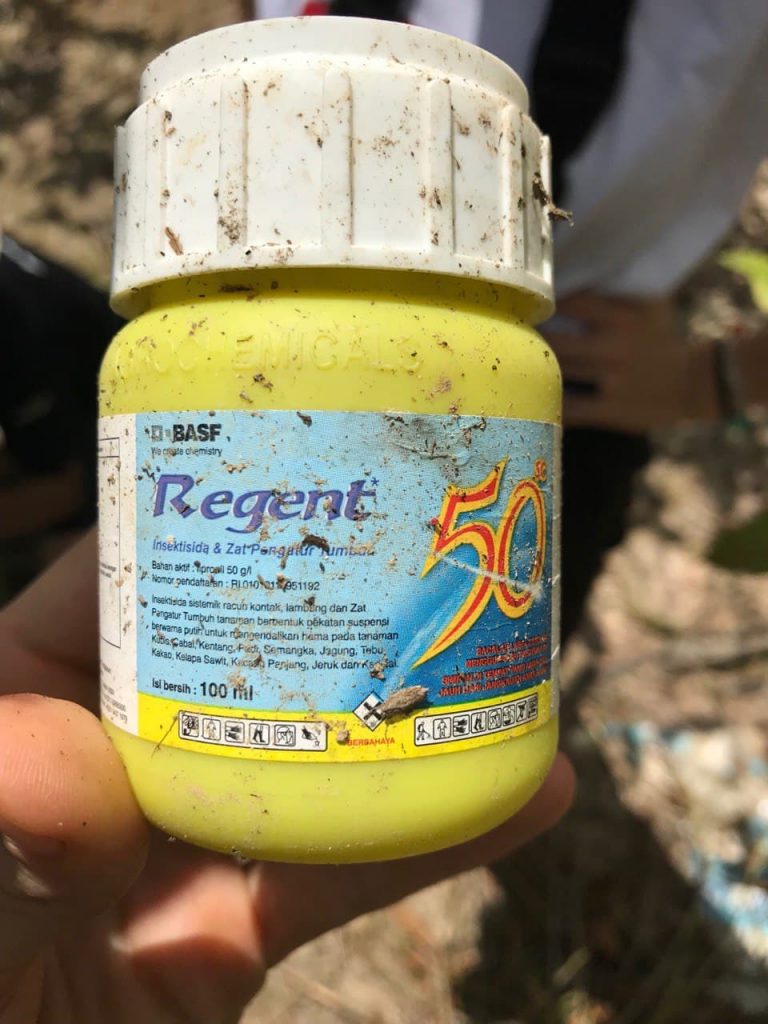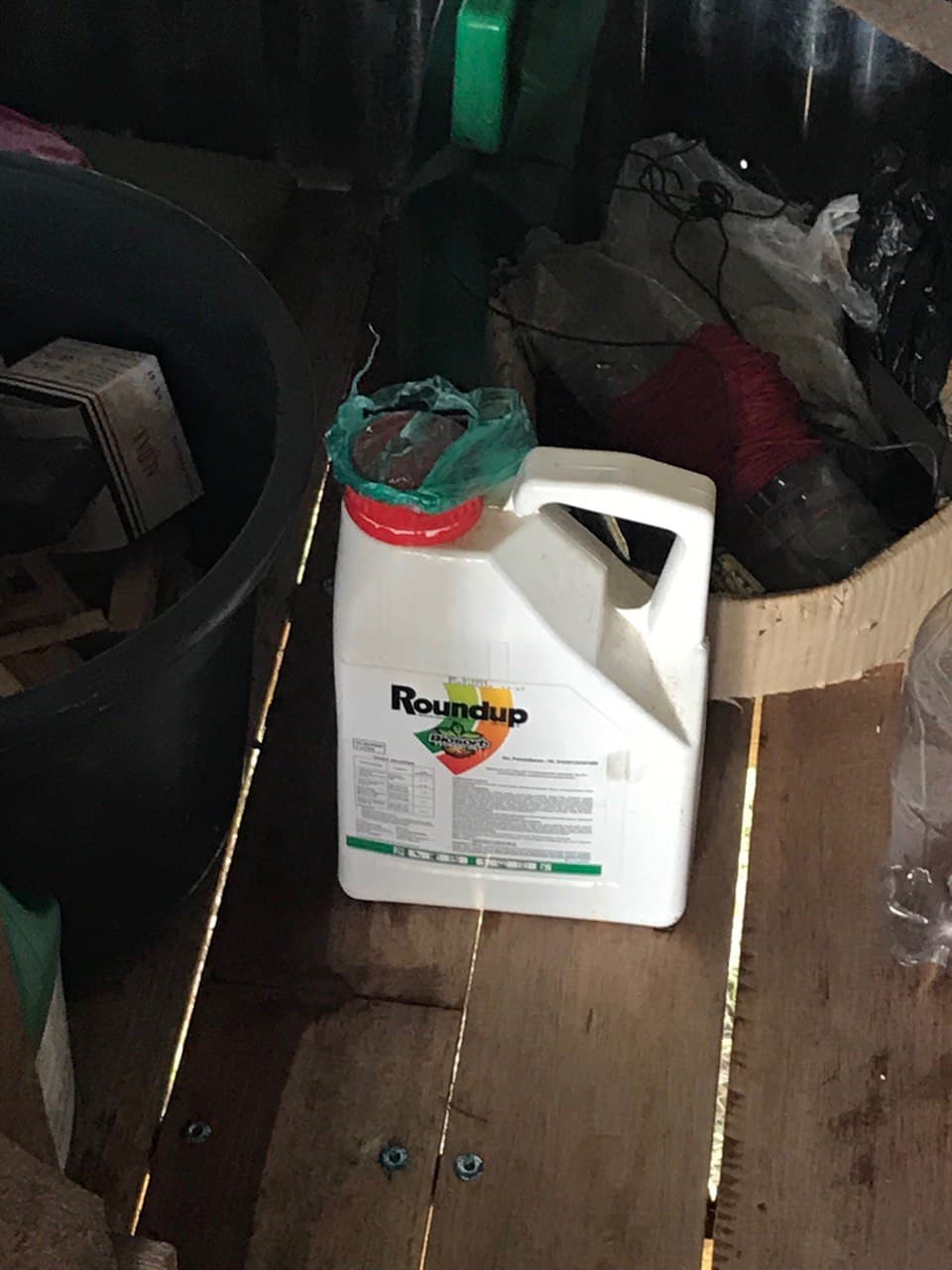Pesticide Usage in the Kratom Industry
If you ask your supplier in Indonesia, if they are using pesticides, herbicides or fungicides during the growing process of the Kratom they will most definitely tell you, they don’t. From on-site information, when investigating different suppliers, we know that this is not true for everyone and that there are producers that definitely do use pesticides like Glycophosphate (ROUNDUP), Regent 50 by BASF, DuPont Lannate 25WP and Metsulindo.

